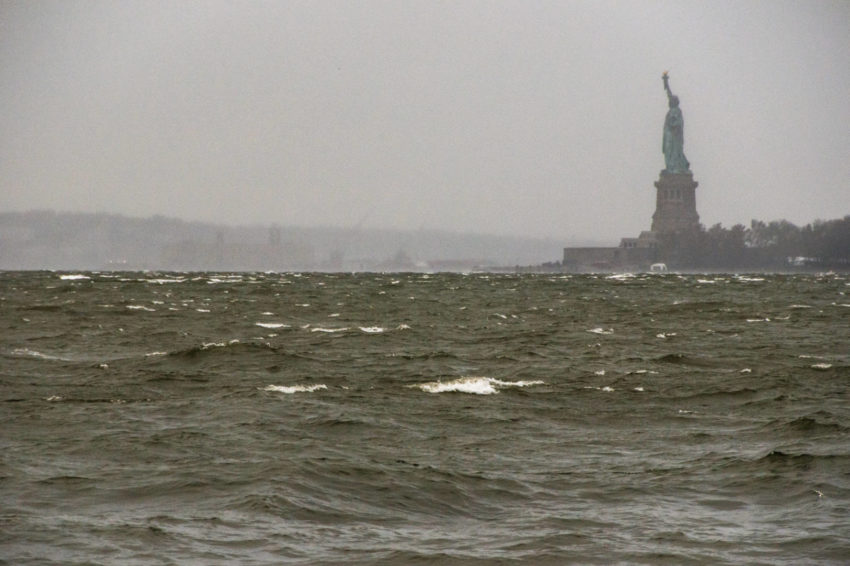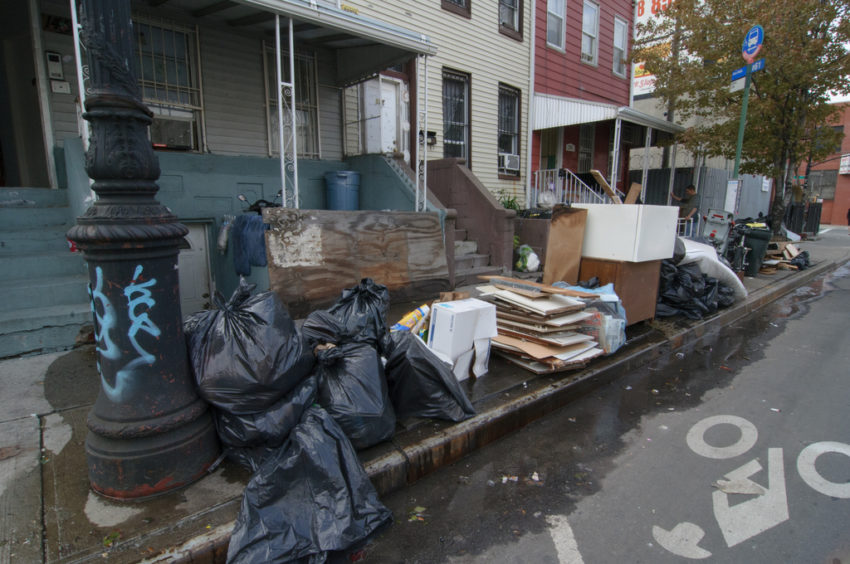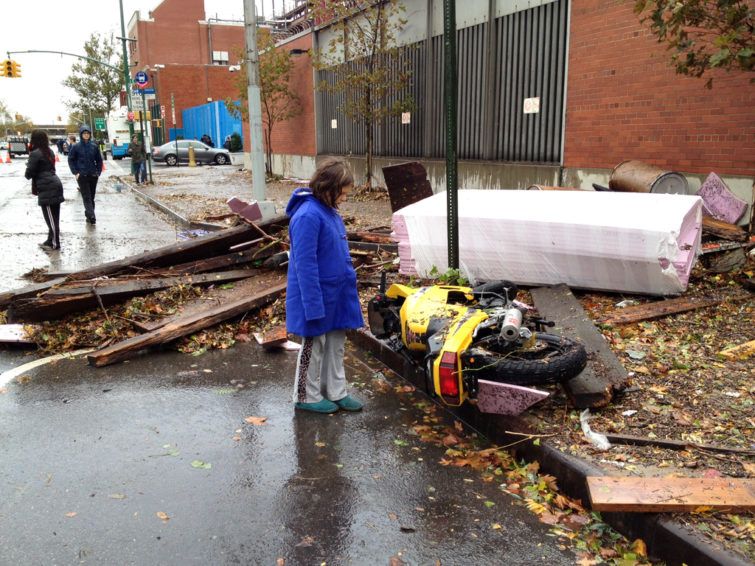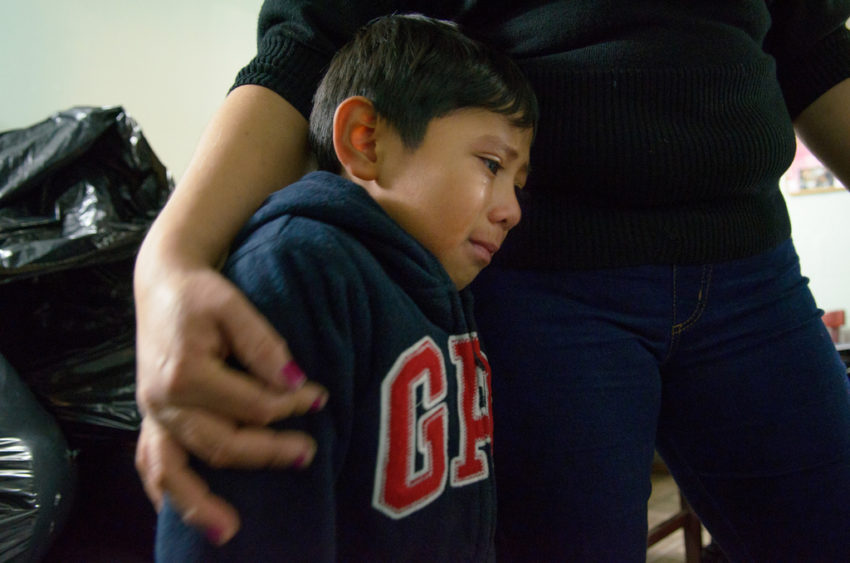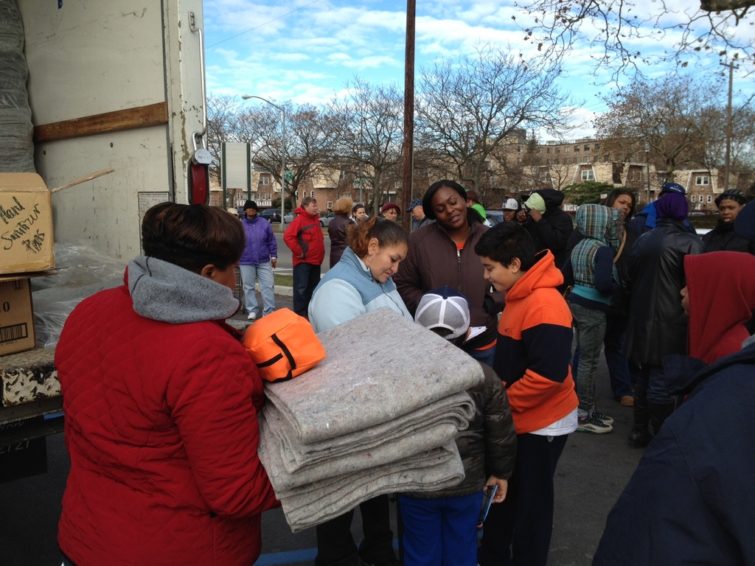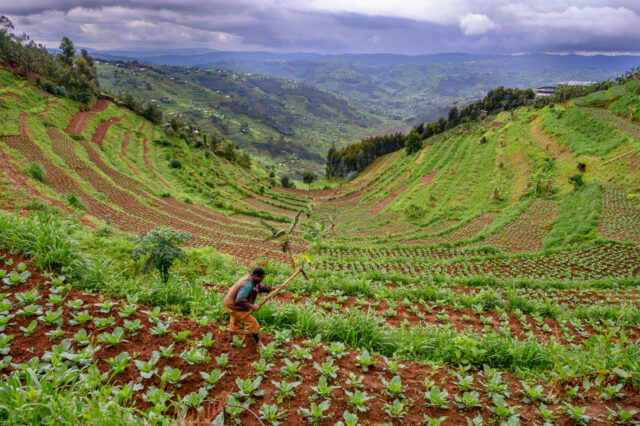Hurricane Sandy, one of the most destructive hurricanes in U.S. history, struck in October 2012. It was the deadliest hurricane of that year, leaving a trail of destruction in its wake. After initially impacting the Caribbean and claiming the lives of 75 people there, Sandy continued its path northward. As it approached the East Coast of the U.S., it generated record-breaking waves in the western Atlantic, leading to catastrophic storm surges and flooding in coastal areas of New York and New Jersey. At its peak, Sandy’s impact stretched over an extensive 800-mile span from the East Coast to the Great Lakes region.
Hurricane Sandy: Facts, FAQs, and how to help
Explore facts and frequently asked questions about Hurricane Sandy, and learn how you can help families impacted by hurricanes.
Fast facts: Hurricane Sandy
- Hurricane Sandy resulted in approximately 233 deaths in eight countries, with most fatalities occurring in the United States.
- While technically a hurricane when it made landfall, Hurricane Sandy is often called “Superstorm Sandy” because of its convergence of multiple weather systems, exceeding 900 miles in diameter.
- Sandy caused an estimated $70.2 billion in damage in the United States, making it the second-costliest hurricane in U.S. history after Hurricane Katrina.
- Sandy took an unusual path, turning sharply westward into the heavily populated Northeast, which is atypical for hurricanes in the region.
- Millions of people lost power due to the storm, with some areas experiencing extended outages lasting for days. Due to the storm’s impact on transportation and infrastructure and concerns about safety, the New York Stock Exchange made an unprecedented move to shut down trading for two consecutive days, October 29 and 30, 2012.
How did Hurricane Sandy develop?
Hurricane Sandy originated on October 22, 2012, over warm tropical waters near the coast of Nicaragua. It began as a tropical wave that developed into a tropical depression and rapidly progressed into a full-fledged tropical cyclone. Two days later it became a Category 1 hurricane with winds stronger than 74 mph.
Where and when did Sandy make landfall?
Hurricane Sandy first made landfall in Jamaica as a Category 1 hurricane on October 24, 2012. The following day, it raked a path of destruction across Cuba, Haiti, the Dominican Republic, and the Bahamas.
In the United States, Sandy made landfall on October 29, 2012. It hit the East Coast, specifically in the southern part of New Jersey near Atlantic City. Its effects were far-reaching, impacting states like New York, Connecticut, and Pennsylvania.
How did World Vision respond to Hurricane Sandy?
World Vision’s response to Sandy played a vital role in providing emergency aid and support to those affected by the storm, both internationally and within the United States.
Haiti: Following Hurricane Sandy, World Vision swiftly responded in Haiti, distributing critical aid to people most affected by the disaster. Items included nearly 6,000 tarps, 5,000 water containers, and 2,500 hygiene kits in Port-au-Prince. Additionally, we supported 100 families in the southern part of the country with basic items like clothing, sleeping mats, and blankets, and 200 families sheltered in La Gonave with hot meals.
United States: World Vision deployed relief teams to assess the damage in New York, New Jersey, Maryland, West Virginia, and Kentucky. In partnership with local organizations, such as churches and community groups, World Vision focused on supporting vulnerable communities and facilitating cleanup efforts.
World Vision’s pre-positioned emergency supplies helped with the relief effort, including flood cleanup kits, food kits, and hygiene kits. Additional supplies were trucked from World Vision’s domestic disaster warehouse in Grand Prairie, Texas.
Accomplishments of World Vision’s response to Hurricane Sandy:
- 49,335 people reached
- $2.49 million worth of relief supplies and materials distributed
- More than 1,500 volunteer hours contributed
- Nearly 10,000 blankets, 9,000 hygiene kits, and 1,700 flood clean-up kits distributed
- Approximately 5,100 students and 400 teachers equipped with school supplies through a mobile Teacher Resource Center
How can I help children and families affected by disasters?
- Pray: Lift up children and families impacted by disasters in the U.S.
- Give: Your gift will provide life-saving aid and relief supplies to families in the U.S. following a disaster.
Sevil Omer of World Vision’s U.S. staff contributed to this article.
